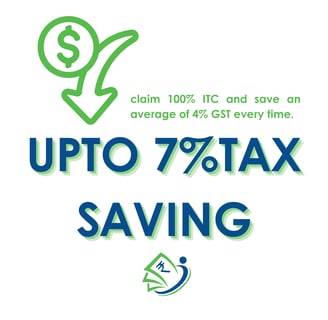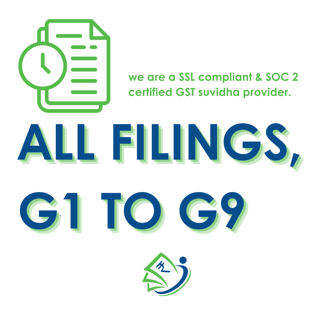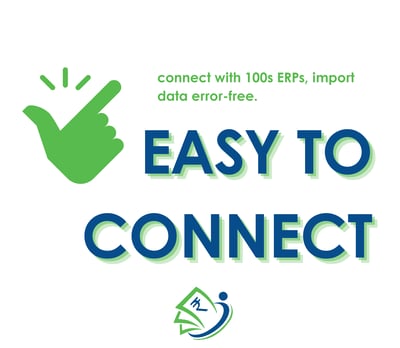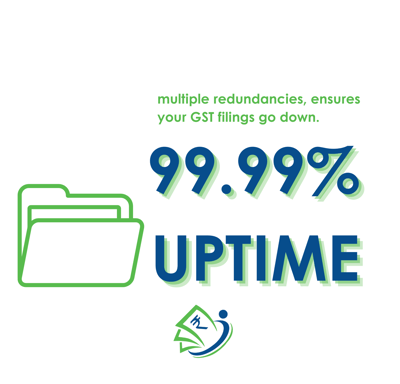"Empowering your potential through expert guidance"

Understanding GST and ensuring client satisfaction through expert consultation and guidance.
Your Trusted GST Consultation Service
We provide expert guidance on GST, ensuring compliance and satisfaction for our clients. Discover how we can help you navigate GST effectively.


150+
15
Satisfied Clients
Client Testimonials
GST
Goods and Services Tax (GST) refers to an indirect tax. The implementation of this tax is in India. The collection of this tax takes place from the point of consumption. This is in contrast to collection from the point of origin like previous taxes. Furthermore, this tax's imposition is at every step in the production process. The refund is for all the parties in the various stages of production. Also, GST includes almost all indirect taxes.
Explanation of GST
First of all, Goods and Services Tax (GST) is a single tax system. The imposition of this tax takes place jointly by the centre and the state. Furthermore, the imposition happens with the recommendation of a federal council. In GST, the goods and services are divided into five different tax slabs. This is for the purpose of the tax collection. Above all, the tax slabs are – 0%, 5%, 12%, 18% and 28%. Also, petroleum products, alcoholic drinks, and electricity do not come under GST. Rough precious and semi-precious stones carry a special rate of 0.25%. Gold also carries a special rate of 3%. GST certainly subsumed several taxes and levies. These include central excise duty, services tax, and additional customs duty. Furthermore, state-level VAT, surcharges, and Octroi also come under GST. The GST regime has done away with levies. Also, these levies were applicable to inter-state transportation of goods.
Advantages of GST in India:
GST has brought together a number of indirect taxes under one umbrella, simplifying taxation for service and commodity businesses.
GST has reduced taxes on certain goods by 2% and others by 7.5%, such as smartphones and cars.
GST points toward a positive impact on India's GDP It is expected to increase by at least 80% within the next couple of years.
The possibility of tax evasion is minimised completely with GST coming into action.
Our Services
Registration with consultation.
Tax advisory &consultation i.e.. About value, taxability, classification, etc.
Monthly compliances filling.
Adjudication/ show cause/notice reply.
Filing of appeal/ appeals drafting.
Reconciliation of data.
Misc. Services i.e. refund, cancellation/ revocation
Registration, maintain electronic cash ledger etc.
Audit of accounts and reconcillation statement eg. GSTR-9 & 9C.
Any other certification work.


















Quick, efficient, and professional. They made filing my GST returns easy and stress-free. Highly recommend!
Deepak Singh

The team handled my GST registration smoothly and quickly. Very helpful and informative. Highly satisfied!
Rajiv Gupta

★★★★★
★★★★★
Frequently asked questions
What is GST?
The Goods and Services Tax is a unified, multi-stage, and consumption-based tax levied on the supply of goods or services, combining all stages such as manufacture, sale and consumption of goods and services. It functions at a national level in order to replace most of the national and state tax systems like VAT, service tax, excise duty, etc. It removes the cascading effect of tax-on-tax, earlier prevalent. It is applicable to you if you are into manufacturing, trading, e-commerce or providing services, and your annual turnover exceeds a prescribed limit.
You can enrol for GST via the common portal of the Goods and Services Tax. ClearTax can also help you with your enrollment.
Can I have multiple registrations?
Yes, a person with multiple business verticals in a state may obtain a separate registration for each business vertical (in each state).
What are the benefits of Goods & Services Tax?
Cascading tax effect (the tax-on-tax effect) does not exist
It is easier to avail the input tax credit
Return filing and compliance are consolidated
Increased efficiency in logistics
Subsumed a variety of indirect taxes
Higher threshold for GST registration
Composition scheme for small businesses
Unorganised sectors brought under regulation
Simpler online procedure
What is Composition Scheme?
Small businesses and taxpayers with a turnover of less than Rs.1.5 crore (Rs.75 lakh for special category states) can opt for the composition scheme where they will be taxed at a nominal rate of 0.5% or 1% (for manufacturers) CGST and SGST each (rates as per the latest proposed changes in the Goods and Services Tax bills). Composition levy is available to only small businesses dealing in goods. It is not available to interstate sellers, e-commerce traders and operators, and service providers.
Is input tax credit available under the Goods and Services Tax?
The input tax credit refers to the amount of tax on purchases that you can reduce at the time of paying tax on sales. One of the fundamental features of the Goods and Services Tax is the seamless flow of input credit across the chain (from the time the goods are manufactured until it is consumed) and country.
Which taxes did GST replace?
The HSN code stands for “Harmonised System of Nomenclature”. This system has been introduced for the systematic classification of goods all over the world. The HSN code is a 6-digit uniform code that classifies 5000+ products and is accepted worldwide. It was developed by the World Customs Organization (WCO), and it came into effect from 1988.






